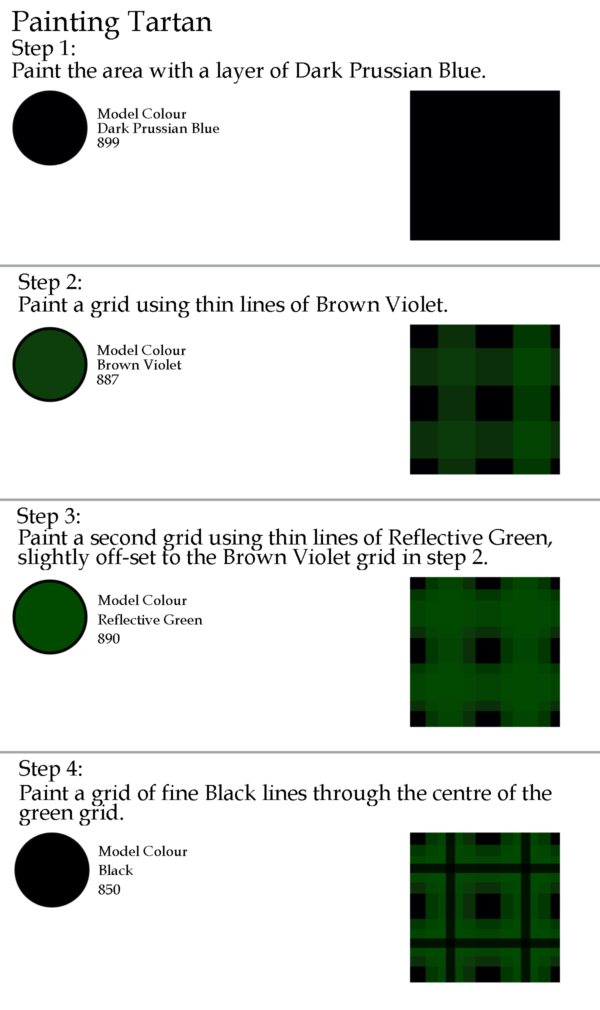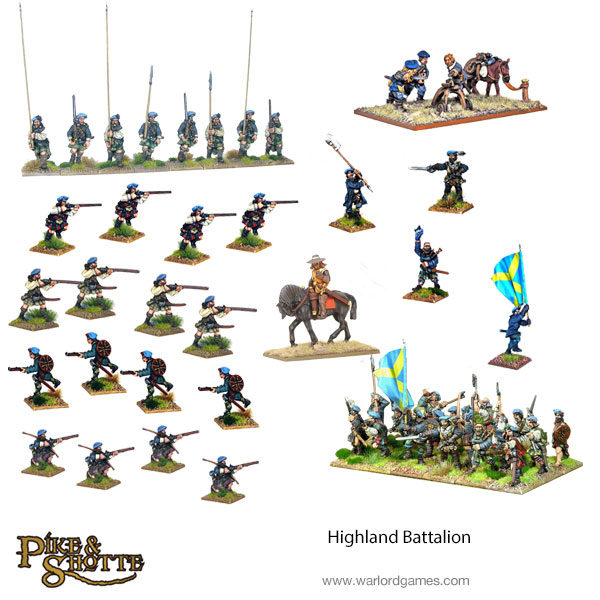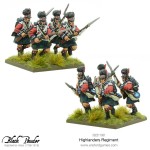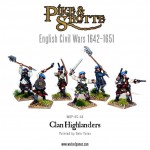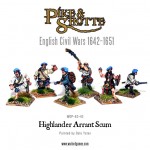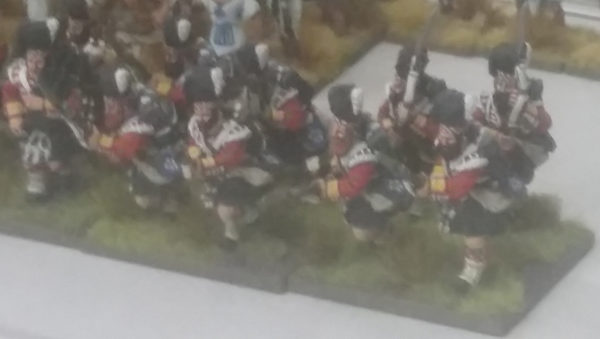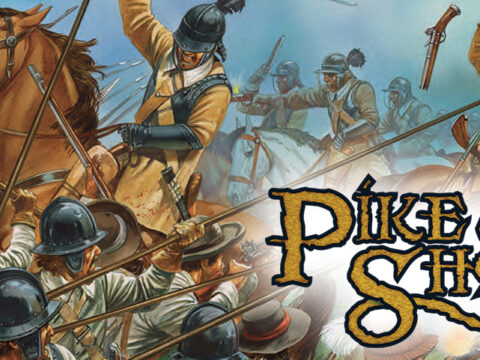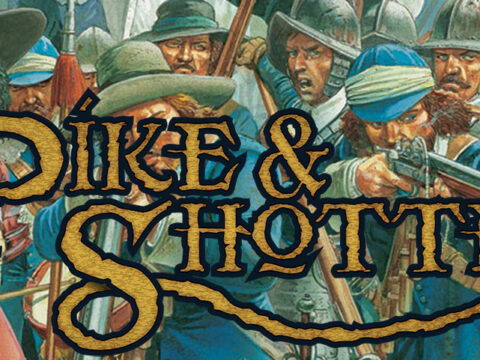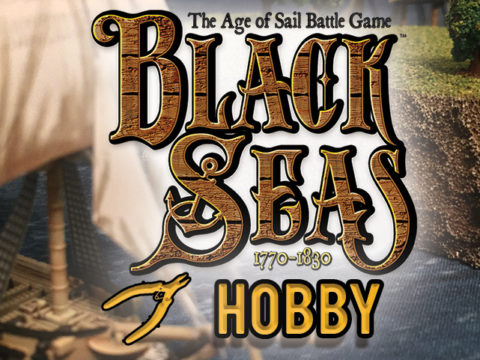With the release of Black Powder 2 just around the corner, we’re sure some of you must be looking to add some ferocious Highlanders to your army. The task of painting all that tartan must seem pretty daunting, so we’ve put together a painting guide to help you get started. 
While traditionally associated with Scottish clansmen, tartan fabrics have been produced for thousands of years across central Europe and Scandinavia. The earliest examples are associated with a population of Iron Age Celts who flourished between the 6th and 8th century BC. Similar examples have been found as far afield as China and the deserts of central Asia.
The earliest Scottish examples date back to the 3rd century AD, where a cloth fragment bearing a tartan pattern was found stuffed into the mouth of an amphora filled with gold coins.
What we would consider modern tartan steadily grew in popularity throughout the 17th and 18th centuries, primarily through association with the Jacobite rebels and the major highland clans. Formalized patterns began to be associated with the Highland regiments of the British Army, where they can still be seen to this day.
Our extensive range of models has plenty of opportunities for painting tartan. Hail Caesar has plenty of Celts, Vikings and other tribespeople, while Pike & Shotte and Black Powder have regiments of fearsome clansmen and stoic Highlanders.
We’ve put together a paint scheme to show off the tartan of the Argyll and Sutherland Highlanders, but the techniques remain the same whatever colour scheme you choose. Painting tartan does require a very fine brush and a steady hand, but the end result can be spectacular.
Want to try your hand at painting some tartan? Take a look at this selection of models from across our range!
While in the studio, we got a quick glimpse of an upcoming release. I wonder what these could be for?

